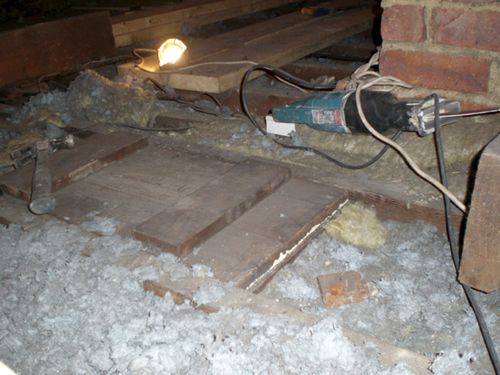
About Asbestos
There are three types of asbestos we check when surveying:
Amosite
Known as brown asbestos. The fibres are spiky which have good tensile strength. Used mainly between the 20’s and the late 60’s. Amosite was banned in the UK in 1986.
Chrysotile
Known as white asbestos. The fibres are fine, soft and extremely resistant to heat and high temperatures. Chrysotile was made illegal in the UK in 1999.
Crocidolite
Known as blue asbestos. The fibres are needle like and are stronger than other asbestos forms. It has been used since the 1880’s and was finally banned by the Asbestos (Prohibitions) Regulations in 1985.
Where Might Asbestos Be In The Property?
- Asbestos cement based products were frequently used around tiles, roofing areas and corrugated roofing, under-cloaking and along rainwater goods and downpipes.
- The floors and walls around heating and boiling units and ovens might be protected with asbestos paper, millboard, or cement sheets, and boilers or ovens may have gaskets made from asbestos.
- Hot water and heating systems may be coated with an asbestos material or may be covered with an asbestos blanket or tape buildings built between 1930 and 1970 may have asbestos as insulation.
- Asbestos could be present in textured coatings used on walls, ceilings and joints. Internal walls, ceilings and panelling may be formed from asbestos insulating board materials.
- Older products such as stove–top pads and toilet goods may contain some asbestos compounds.
- Asbestos is also commonly found in some vinyl floor tiles and in the backing on vinyl sheet flooring and adhesives.